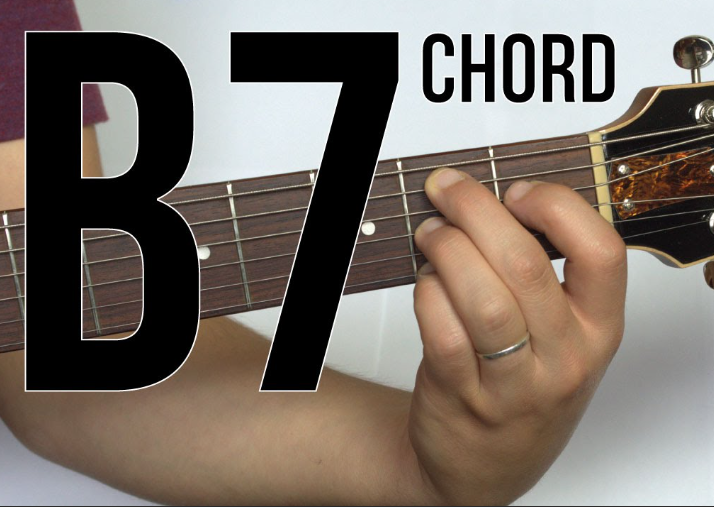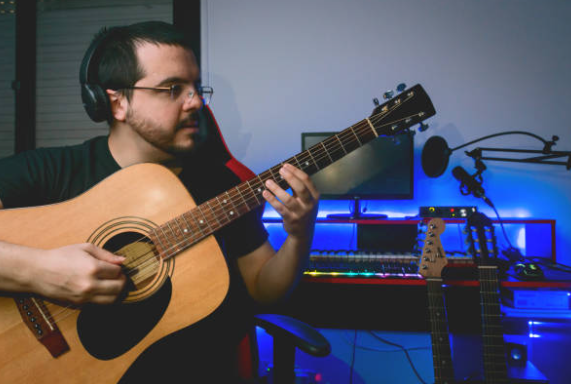Everything You Need To Know About Playing The B7 Chord

Imagine this: You’re on stage, spotlight on you, guitar in hand. You strike a chord, and the audience is mesmerized. That chord? The B7, a powerhouse in the guitar world, a chord that screams ‘Listen to me!’. It’s not just any chord; it’s a dominant seventh, a mix of notes – B, D♯, F♯, and A – that blend to create a sound so unique, it’s like discovering a new color.
- Position Your Hand:
Start by placing your hand near the top of the guitar neck where the frets are closer together.
- Index Finger:
Place your index finger on the first fret of the D string (the fourth string).
- Middle Finger:
Put your middle finger on the second fret of the A string (the fifth string).
- Ring Finger:
Position your ring finger on the second fret of the G string (the third string).
- Pinky Finger:
Place your pinky finger on the second fret of the high E string (the first string).
- Strumming:
Strum all the strings except for the low E string (the sixth string).
Ensure that each note rings out clearly. If any notes are muted, adjust your fingers until you get a clear sound.
Now, let’s get down to business. Playing the B7 isn’t a walk in the park. It’s an art. You’ve got to place your fingers just right: index on the D string’s first fret, middle on the A string’s second, ring on the G string’s second, and pinky on the high E’s second. If you’re new to this, it might feel like a finger-twisting puzzle, but here’s the secret: practice, practice, practice. Start slow, and focus on making those movements minimal, but effective.
In the grand scheme of music, B7 is like the kingmaker. It naturally leads to the E major chord, a classic move in music theory. Think of B7 as the cliffhanger in a thrilling movie, building up tension and then resolving it beautifully.
And it’s not just theory. Real songs, big hits, have ridden on the back of the B7. Think of the emotional depth in ‘Hey Jude’ or the soulful rhythm of ‘Sweet Home Alabama’. That’s B7 working its magic.
For the guitar gurus out there, B7 is just the beginning. Dive into its variations, the barre chords, the inversions, and if you’re feeling adventurous, explore its extended family – the B9s, the B13s. That’s where the real fun begins.
This chord has a story, a journey through musical history, dabbling in blues, jazz, rock, and pop. It’s a testament to its adaptability and timelessness.
And here’s my final piece of advice: if you want to master the B7, make it your friend. Play it over and over, feel it, understand it. It’s not just for replicating tunes; it’s a tool for creation, a stepping stone for your musical journey. So pick up that guitar, strike the B7, and who knows, maybe you’ll write the next big hit.





